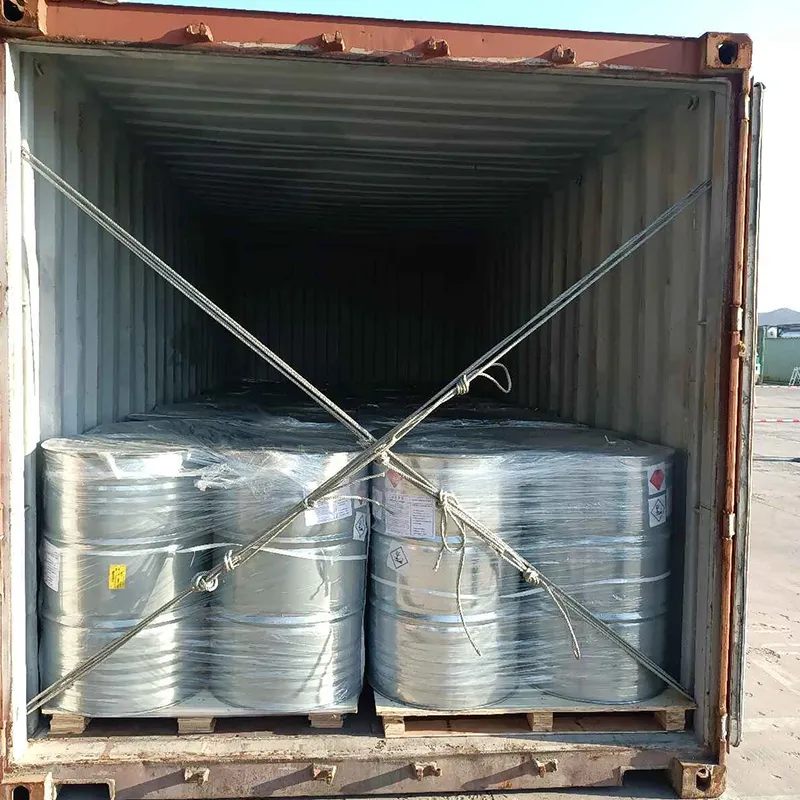
Exploring the Current Market Price of Sodium Bicarbonate for Various Applications
The Cost of Sodium Bicarbonate An Economic Perspective
Sodium bicarbonate, commonly known as baking soda, is a versatile compound with a wide array of applications. From household uses—such as baking, cleaning, and deodorizing—to industrial applications in food production, pharmaceuticals, and environmental management, sodium bicarbonate plays an essential role in various sectors. However, understanding the costs associated with sodium bicarbonate can provide insights into its economic implications for both consumers and businesses.
Production and Pricing Factors
The cost of sodium bicarbonate is influenced by several factors, including raw material availability, production methods, and market demand. Sodium bicarbonate is typically produced through the Solvay process, which involves reacting sodium chloride (table salt), ammonium carbonate, and carbon dioxide. This process is energy-intensive, which makes energy prices a significant consideration in manufacturing costs.
Another factor affecting the cost is the source of raw materials. For example, the availability of sodium chloride and natural carbonate resources impacts production efficiency and overall pricing. In regions where these raw materials are abundant, sodium bicarbonate may be less expensive. Conversely, in areas where these resources are scarce, costs can rise significantly.
Supply chain dynamics also play a critical role in sodium bicarbonate pricing. Transportation costs, storage requirements, and supply chain disruptions can lead to fluctuations in prices. For instance, during the COVID-19 pandemic, many industries experienced shortages due to increased demand for cleaning agents and disinfectants, leading to significant price hikes for sodium bicarbonate.
Market Demand and Applications
The demand for sodium bicarbonate varies across industries. In the food sector, it is used as a leavening agent, acidity regulator, and preservative, ensuring that baked goods rise and maintain freshness. The increasing popularity of baked items and convenience foods has fueled demand for sodium bicarbonate in this industry.
Moreover, the pharmaceutical industry utilizes sodium bicarbonate as an antacid and for various therapeutic applications, including treating metabolic acidosis and alkalizing urine. The growing global population and the increasing prevalence of diseases that require sodium bicarbonate treatments have led to higher demand in healthcare, consequently impacting the price.
sodium bicarbonate cost

Environmental applications have also gained traction, as sodium bicarbonate serves as a cost-effective solution for water treatment and pollution control. Its ability to neutralize acidic compounds makes it valuable in managing industrial waste and improving water quality, further driving demand.
Economic Implications
As the cost of sodium bicarbonate fluctuates, so too do its economic implications for consumers and businesses. For consumers, price increases may lead to higher costs in food products and cleaning supplies. For instance, households that rely on sodium bicarbonate for baking or cleaning may seek alternatives if prices rise too steeply, impacting their purchasing behavior.
For businesses, particularly small-scale bakers and food producers, rising sodium bicarbonate costs can affect profit margins. In the competitive food market, businesses may struggle to pass on increased costs to consumers without losing market share. Consequently, businesses need to strategize, possibly by exploring bulk purchasing options or seeking alternative leavening agents, to mitigate rising expenses.
In the pharmaceutical sector, the cost of sodium bicarbonate can affect medication pricing and availability. Clinics and hospitals may encounter budget constraints if prices rise significantly, prompting a need for cost-effective alternatives while still delivering effective healthcare solutions.
Future Outlook
Looking forward, several trends could influence the sodium bicarbonate market's cost dynamics. Technological advancements in production processes may lead to more efficient manufacturing techniques, potentially reducing costs. Additionally, growing awareness regarding the environmental impact of synthetic chemicals may bolster the demand for sodium bicarbonate in various applications, possibly driving prices upwards.
The global shift towards sustainable practices could create opportunities for innovations in the production and application of sodium bicarbonate. For instance, organic farming and natural cleaning products may boost the demand for high-quality sodium bicarbonate, affecting its market price.
In conclusion, the cost of sodium bicarbonate is intricately linked to various factors, including production methods, market demand, and economic trends. As an essential commodity across multiple industries, its price fluctuations can have far-reaching implications for consumers and businesses alike. Understanding these dynamics is crucial for navigating the market and making informed decisions regarding sodium bicarbonate use.
-
nitrile-rubber-honoring-strict-production-standardsNewsAug.22,2025
-
aspartame-ingredients-honoring-food-safety-valuesNewsAug.22,2025
-
fertilizer-for-balanced-plant-nutritionNewsAug.22,2025
-
cyanide-gold-processing-with-high-purity-additivesNewsAug.22,2025
-
formic-acid-in-textile-dyeing-applicationsNewsAug.22,2025
-
aluminum-hydroxide-gel-in-skincare-productsNewsAug.22,2025
-
Regulatory Compliance for Global Mining Chemicals UseNewsAug.12,2025
Hebei Tenger Chemical Technology Co., Ltd. focuses on the chemical industry and is committed to the export service of chemical raw materials.
-

view more DiethanolisopropanolamineIn the ever-growing field of chemical solutions, diethanolisopropanolamine (DEIPA) stands out as a versatile and important compound. Due to its unique chemical structure and properties, DEIPA is of interest to various industries including construction, personal care, and agriculture. -

view more TriisopropanolamineTriisopropanolamine (TIPA) alkanol amine substance, is a kind of alcohol amine compound with amino and alcohol hydroxyl, and because of its molecules contains both amino and hydroxyl. -

view more Tetramethyl Thiuram DisulfideTetramethyl thiuram disulfide, also known as TMTD, is a white to light-yellow powder with a distinct sulfur-like odor. It is soluble in organic solvents such as benzene, acetone, and ethyl acetate, making it highly versatile for use in different formulations. TMTD is known for its excellent vulcanization acceleration properties, which makes it a key ingredient in the production of rubber products. Additionally, it acts as an effective fungicide and bactericide, making it valuable in agricultural applications. Its high purity and stability ensure consistent performance, making it a preferred choice for manufacturers across various industries.





